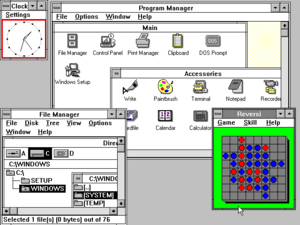Lesson 18: Tablets for Textbooks in Schools
Today, books are still the primary medium of instruction in
most schools. Already, there is a disadvantage of using books for learning that
are being debated upon. The errors in public school textbooks have also been
exposed, errors resulting from wrong information, technical mistakes and
editorial lapses.
Today, technology is being viewed as a
savior because the students are enamored by computer games. By that, the
educators have begun to think that the computer screen can very well serve as a
power point educational medium.
In general, tablets as a primary
learning tool can be replacing the textbooks. Tablets are conducive to higher
thinking, constructive and participative teaching-and-learning. By that,
parents gave full support to the IT advancement. Technology itself may be a key
to problem resolution and Filipino ingenuity is called to respond to the
challenge facing the digital generation of the millennium.
Having something that can replace heavy bulky books is a
good idea, the students will no longer suffer from carrying heavy books and if
the only use tablets they can access their books anytime anywhere because it
can be brought easily without hassle.
It is no longer impossible as what the students in La Salle
were experiencing. Even ordinary college students were no longer buying books
in the store especially now that PDF format copies of the books were already
available and free to be downloaded.
In the near future this kind of events will be achieve by all
levels of schools in the Philippines it may sound impossible because of the
current situation in our country that cannot even provide good classrooms and
equipment. But nothing is impossible, if there’s a will to become better there
will always a way in achieving better and bigger things.



